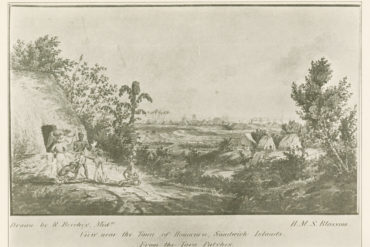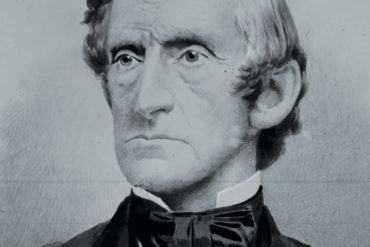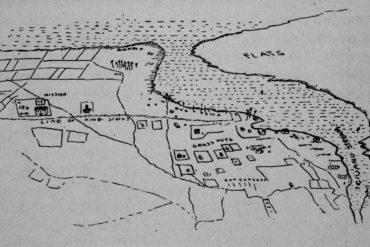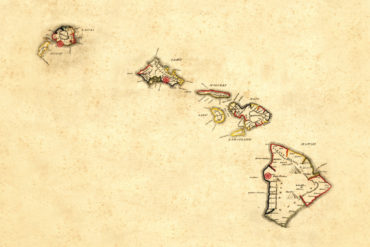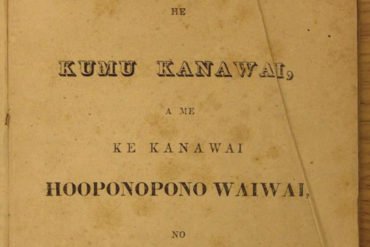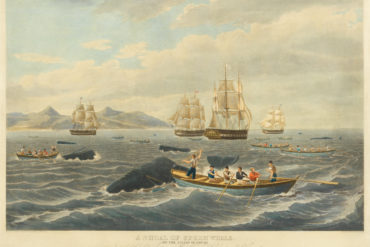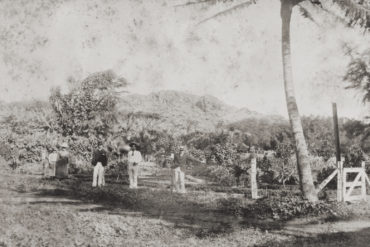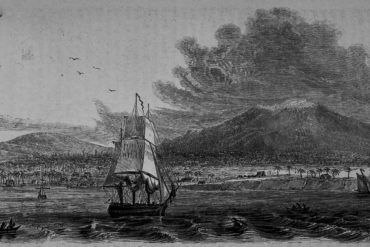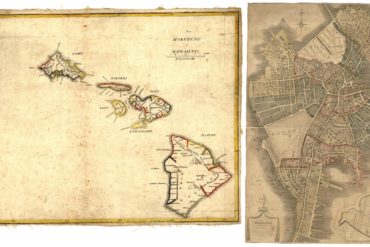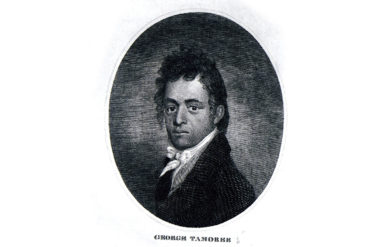For Hawaiians, land was not something to be bought and sold but a living ancestor. The ali‘i and common people...
A graduate of Bowdoin College and Bangor Seminary, Dole was a classical scholar who arrived with his wife, Emily, in...
After a month of teaching chiefs, men, women and children on a day-to-day basis, the missionary wives determined to organize...
The second exhibit of Eia Hawai‘i: 1819 – 1841 follows the journey of the Thaddeus and explores the first years...
Though sometimes criticized for being a product of Western ideas, the Declaration of Rights and Constitution transformed Hawai‘i. Drafted by...
With the arrival of foreigners, Hawai‘i’s economy expanded beyond traditional systems. An economy founded on provisioning early trading ships shifted...
Kauikeaouli was Hawai‘i’s longest-reigning monarch, ruling as Kamehameha III from 1825 – 1854. Born to Keōpūolani and Kamehameha I, he...
Kapunahou has long been celebrated for its legendary freshwater spring. After the Battle of Nu‘uanu in 1795, Kamehameha I awarded...
Anchored in Kailua Bay, the passengers of the Thaddeus waited for permission to disembark, entertaining visits on board and making...
In 1839, Kauikeaouli (Kamehameha III) established the Chiefs’ Children’s School in Honolulu, to educate Hawai‘i’s future leaders. Amos and Juliette...
This first exhibit of Eia Hawai‘i: 1819 – 1841 explores the events in Hawai‘i and New England before missionaries first arrived in Hawai‘i in 1820. Within a period of fifty years, Hawai‘i had experienced a dramatic transition from geographic isolation to playing a pivotal role as a provisioning stop for growing Western trade and colonial exploration, a shift that profoundly impacted the indigenous culture and practices of the islands.
King Kaumuali‘i of Kaua‘i had moved to Honolulu in 1822, reportedly kidnapped by Liholiho and married to Ka‘ahumanu. In 1824,...

